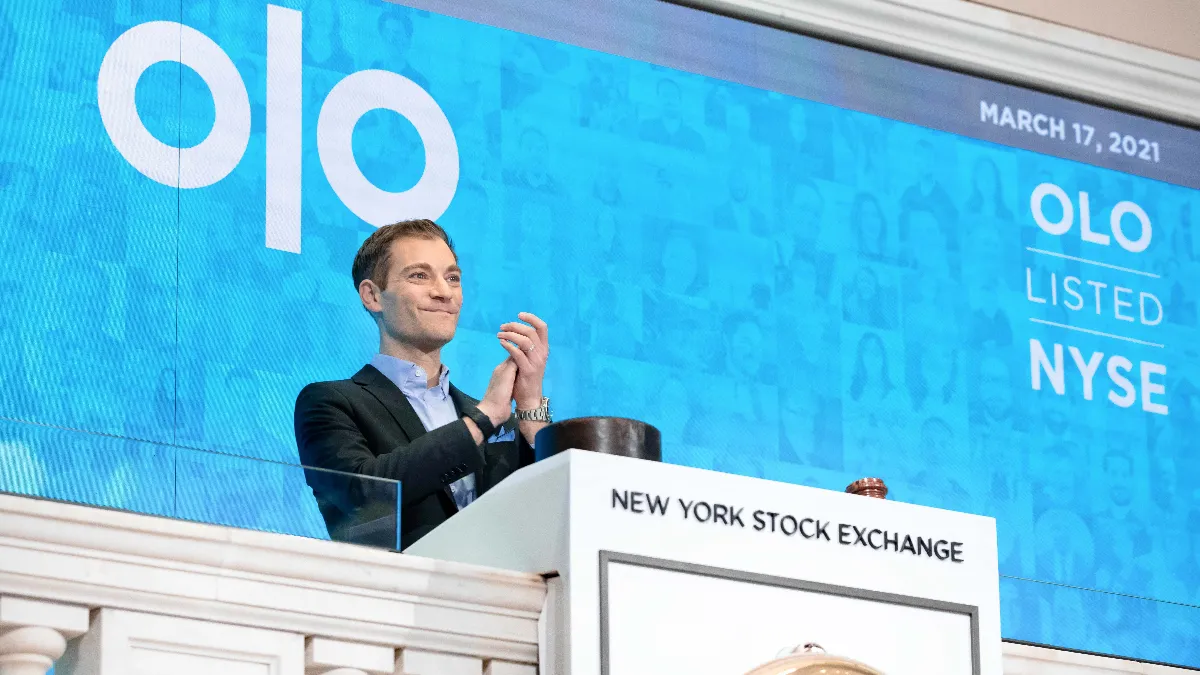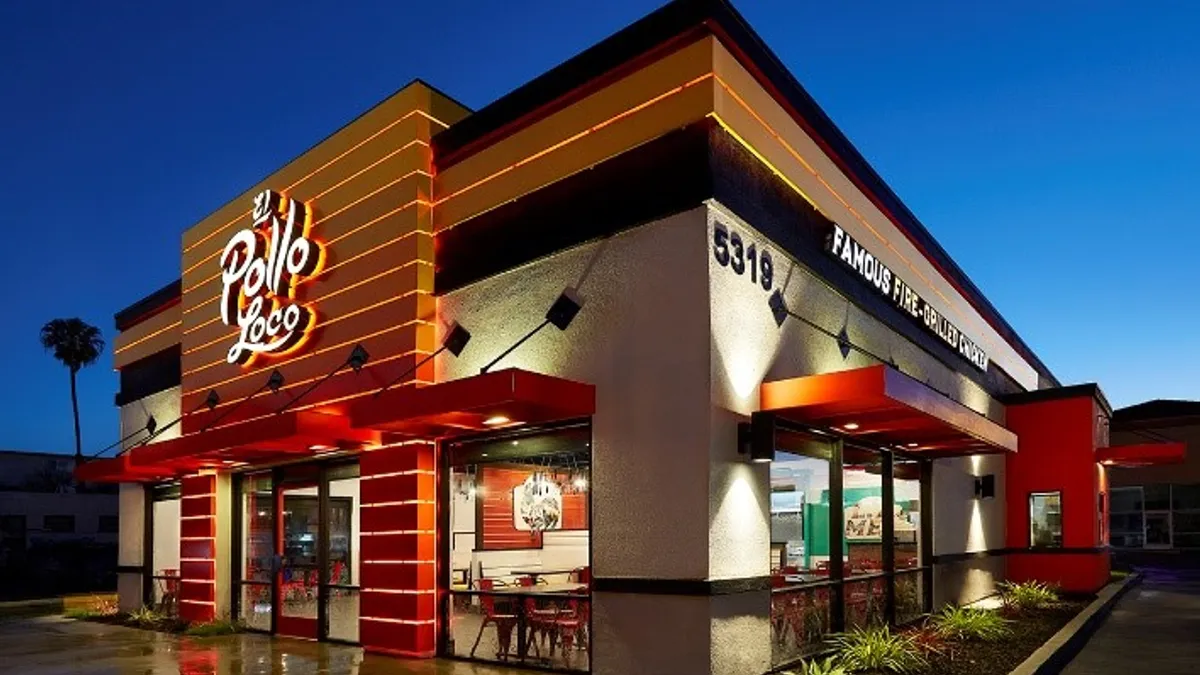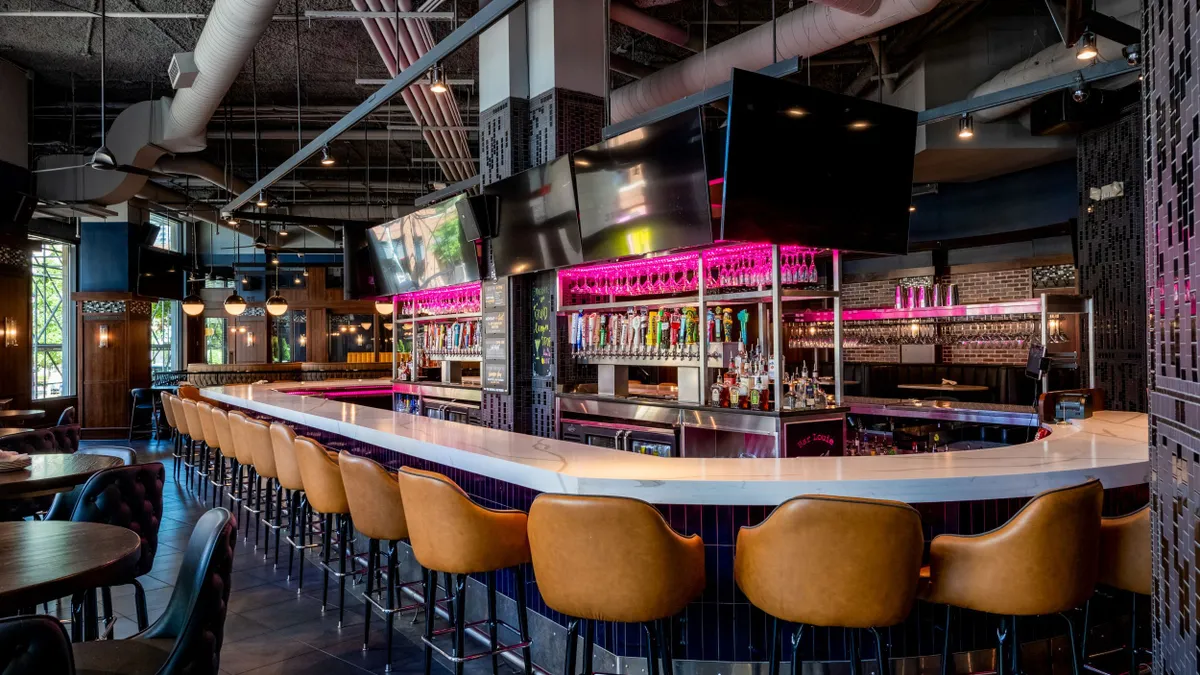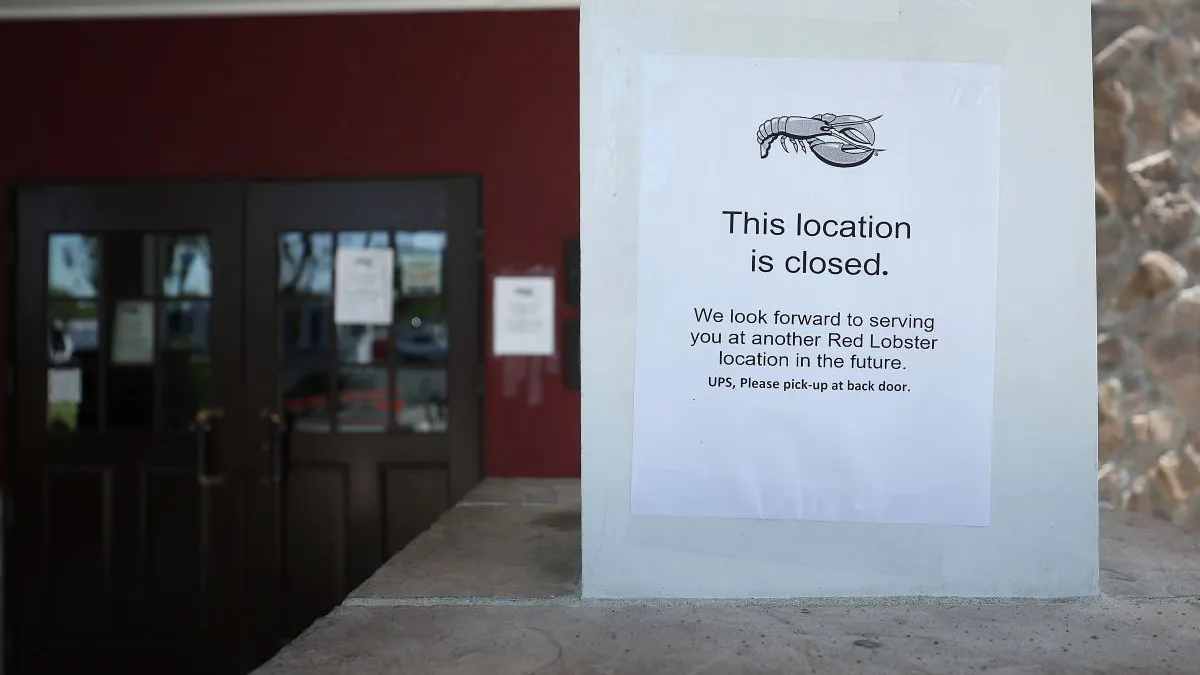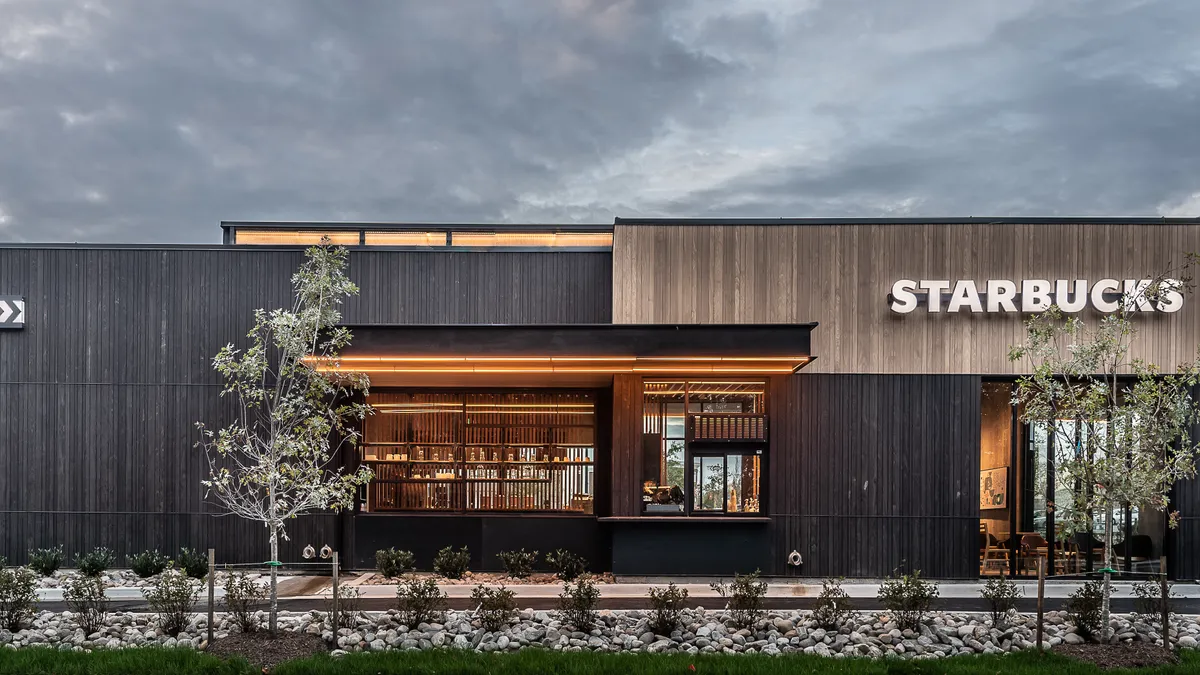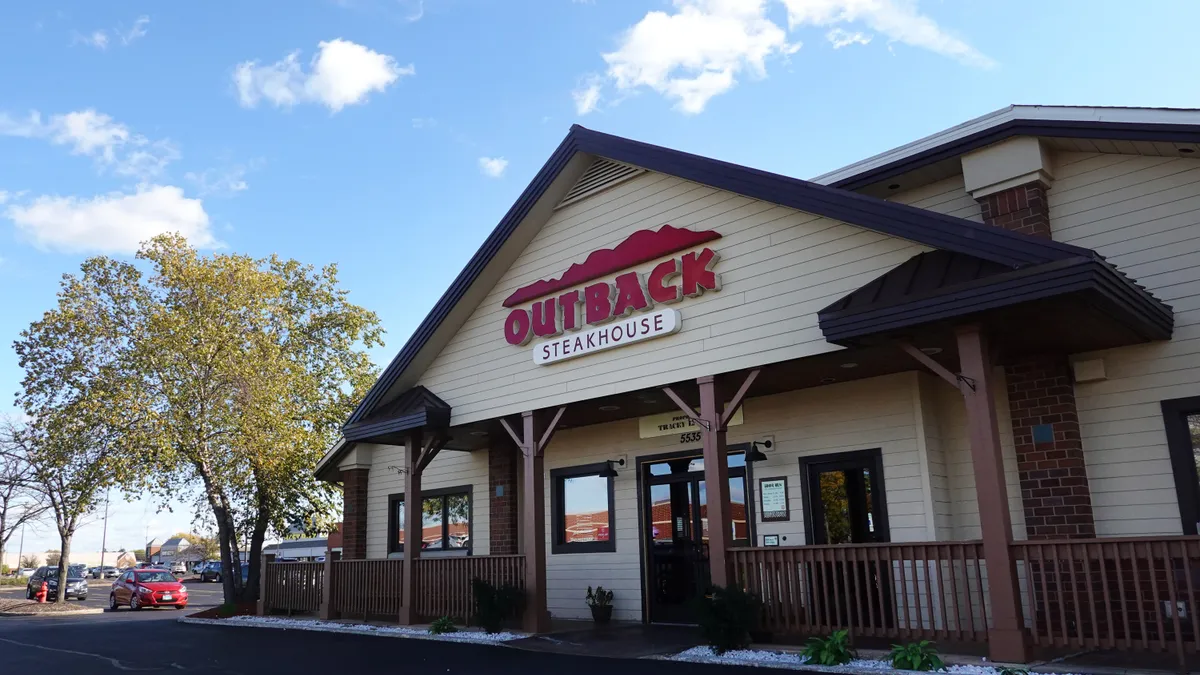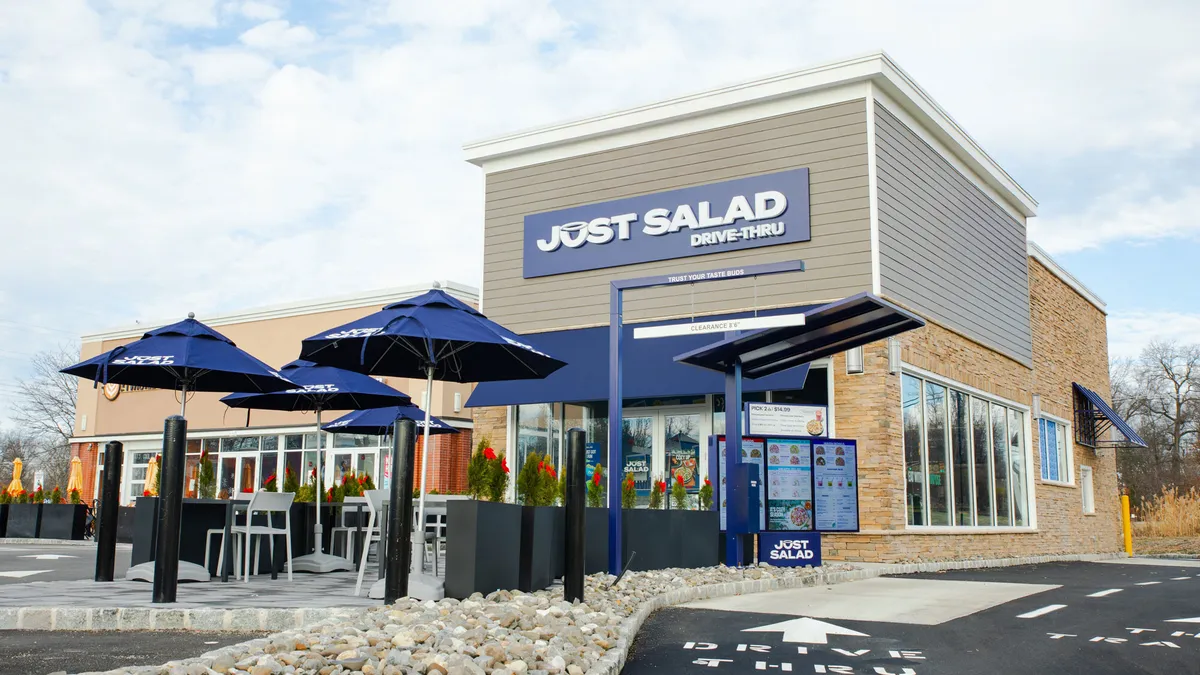Scott Kessler was first struck by Olo's potential when his daughter had a craving for Chick-fil-A during the pandemic. He and his wife wanted something else for dinner so they ended up making online orders at Chipotle and Shake Shack as well.
When he went to pick up the meals, things didn't go smoothly. Chipotle was backed up, with customers waiting around by pickup shelves, while Chick-fil-A's system was down and unable to process any transactions.
But when Kessler arrived at Shake Shack, which uses Olo's digital ordering technology, the order was ready to go without a wait or any issues, he said.
"The company that was working with Olo stood out from the rest," Kessler, global sector lead for technology media and telecommunications at research business Third Bridge, said. "It's really critical to have technology and software that not just works, but really enables this to happen the way it should."
Olo, which works with 64,000 restaurants and 400 brands, gained more market prominence after its first day of trading on the New York Stock Exchange on Wednesday, which led to shares increasing 39%, according to CNBC. Pricing its shares at $25 each, the company initially raised about $450 million and reached a valuation of $3.6 billion.
Unlike recent tech IPOs, Olo isn't a well-known brand name, especially among the general public, because it doesn't have a lot of direct consumer relationships, Kessler said.
"Their approach is providing infrastructure and software and services that enable people to become customers, and maybe recurring customers, of restaurants," Kessler said.
That approach paid off last year. Olo processed its 1 billionth order at the end of 2020, doubling its order count from the start of the year, Noah Glass, Olo's founder and CEO, said. It also processed $14.6 billion worth of food sales last year and as of Q4 2020, processes 1.8 million orders per day, according to its S-1 filing. The company works with several brands, including Chili’s, Wingstop, Five Guys and Sweetgreen.
While Olo's revenue increased 94% year-over-year during the pandemic, it wasn't the main driver to go public. The company had planned to do so last year, but the crisis pushed back its plans, Glass said.
"Our decision to go public was really our belief that our customers were reaching this tipping point with regard to the importance of on-demand commerce within their operations," Glass said. "They needed to know that they were going to pick a partner who would be around for the long term and serve their needs for the long term."
Glass remembers at least three instances when other digital ordering platforms were acquired by a larger company that later shut down that platform, leaving restaurants in the lurch. For example, when OrderTalk was shuttered after its acquisition to Uber in 2018, Jimmy John's was left scrambling to find a new provider, according to Nation's Restaurant News.
"I just felt like restaurants need to know that that's not going to happen to Olo," Glass said. "We're going to be here. We're going to be an independent company. And the way to really make that statement is by becoming a public company and showing the financial strength that we’ve enjoyed."
How Olo sees the future
During the pandemic, Olo saw that restaurants without the lifeline of a drive-thru had to rely on digital ordering, Glass said. Restaurants coming onto Olo's platform launched quickly and the company sped up their deployments. Clients already on Olo's platform added new capabilities like curbside pick up, socially distanced delivery and Google food ordering to grow sales, Glass said.
"[The pandemic] really forced restaurants and technology providers to become more creative, more resourceful and more resilient," Kessler said.
During the pandemic, off-premise restaurant orders grew significantly. Carryout orders rose from an increase of 3% of orders in January 2020 to an increase of 10% in December, making up 46% of orders, according to The NPD Group. Delivery grew by 137% in December year-over-year, while drive-thru increased orders by 22% in the same period.
The influx of new capital will only help continue innovation, and not just with off-premise ordering, Glass said.
"We're really excited about what this could mean in terms of where we are on the consumer adoption curve for on-demand commerce and where restaurants are as they think about service models that they're interested in opening up or making more digital," Glass said.
Olo is interested in how to merge QR codes with table service, where customers can scan a QR code and send an order directly to the kitchen, Glass said. He's also excited about innovations that could allow consumers to reserve a table and order at the same time or allow diners on a waitlist to place an order that would be sent to the kitchen once they check in and sit at their tables.
"That's a big deal for all the family dining restaurants that we work with," he said.
Glass is also optimistic about the rise of virtual brands. In December, the company helped with the launch of virtual brand MrBeast Burger — which uses Olo's digital ordering platform — in 300 partner restaurant kitchens across the country. MrBeast Burger, which was created by YouTube star Jimmy Donaldson, sold its 1 millionth burger in early March and became the top app in the Apple Store’s food and drink category in December.
"We're just excited that this new world of digitization and off-premise, takeout, drive-thru and delivery means that there will be many more use cases for Olo to ultimately fulfill our ambitions to touch ever transaction, to add value to every transaction and to drive revenue from every transaction within our industry," Glass said.
A bright future for restaurant tech IPOs
While Kessler believes people will go back to eat inside restaurants sooner rather than later, diners have grown accustomed to online ordering and learned to enjoy the channel's flexibility during the last year.
And for a company like Olo, which has been largely unheard of, to command this level of market success says a lot about the future of the restaurant industry, he said.
Kessler expects an increase in online orders, a stronger economy and healthier consumers to benefit restaurant technology companies regardless of the effects of the pandemic. These companies help play into the long-term viability and growth of the restaurant industry and help operators generate revenue while saving on costs and expenses, he said.
This dynamic could hold promise for similar tech companies like Toast, which is rumored to be going public.
"Investors are acknowledging this as a big category that is far from dead and has a lot of promise," Kessler said. "I would expect the investing public seeing the big market numbers and seeing the performance of these companies are probably looking around to see what else might be out there."



